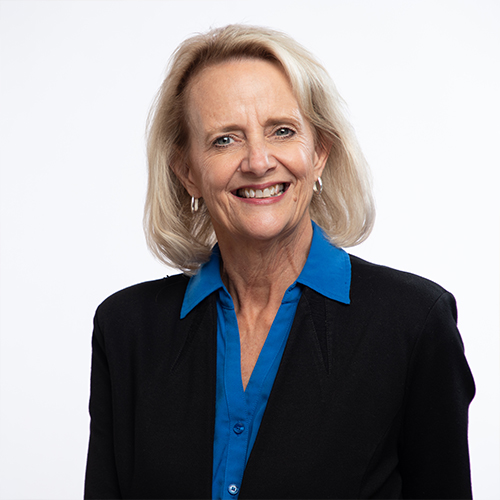For years I coached my non-profit employees and volunteers about how to improve their success in securing gifts for non-profits. And for years, I lifted up the benefits of face-to-face interactions and downplayed direct response as an acceptable means of solicitation.
Turns out, I was wrong.
While face-to-face asks can be quite powerful, they are harder and harder to do. In fact, I’ve come to realize that many of the staff and volunteers were making their “face-to-face” asks via personal email and letters.
Over the last three years I have had the privilege of working with a group of YMCAs across the country in a direct response* cohort to test messages, audiences and appeal timings. As a group, these Ys have not only reduced their costs (and increase their ROI), but they’ve also shared their learnings to that the whole group could move further faster. Many of these learnings are applicable to other nonprofits as well, and worthy of discussion as you develop plans for your development efforts.
-
There is a specific demographic who will respond to letters in the mail. Perhaps not surprisingly, that audience is ages 55 and above.
-
How “close” are the people on your list to your organization? We learned that “members” were more likely to respond than people with no or little connection to the organization. We learned that LYBUNTS and SYBUNTS – even from several years ago – will respond to these appeals. Paying attention to the list selection is important, and your appeals should include a mix of renewals, upgrades, donor recapture, and donor acquisition.
-
Donors will give more than once. In fact, many of them will give multiple times each year. Depending on your nonprofit background, you may think that’s self-evident. But we know there are plenty of our readers who think that’s impossible, and have been taught to only ask once for fear of “offending” donors. When you stop making giving decisions for your donors, you may be amazed at how generous they can be!
-
Direct mail and social media requests for funding will never replace face to face visitation. They are meant to serve as tools for acquisition, renewal and upgrade as well as an efficient and effective tool for education and stewardship about your cause. These methods also help you build into regular and consistent communication with your supporters.
-
You must be “agnostic” when reviewing the data. Every mailing is an opportunity to learn and adjust the strategy. There will be surprises both good and bad. The goal is to continually refine your program and commit to the strategy over a longer period of time. A one-off mailing or short term program won’t help you move the needle.
-
Pairing these methods with services like wealth screening and good stewardship can move donors along a continuum to increased and more meaningful gift opportunities. Research shows that many donors make their first gift to an organization in response to a direct response appeal. That initial gift is often a sort of unconscious test for the donor to see how it feels to support your organization. Good stewardship will make a big difference on whether or not you get that second or third gift.
-
Over time, a consistent annual donor (no matter the dollar level) is one of the prime prospects for a planned gift.
Direct response can be a powerful enhancement to a non-profit development plan. As you look to adjust your fundraising plans for the rest of the year (and for next year), consider how you might incorporate this strategy to help engage and activate donors.
Want to learn more about the YMCA cohort experience? Download our summary paper of the learnings and results from the first two years.
Want to learn more about how direct response can help you? Contact us.
What has been your experience with direct response? We’d love to hear more in the comments below.

